Teach your students the multiplication strategy of repeated addition using this colourful interactive dice game!
Interactive Multiplication Game with Dice
Help students discover and utilise the multiplication strategy of repeated addition (or skip counting), through this fun and fast, interactive dice-rolling game!
To play, create a copy for each student and assign it on their individual device (in Creation or Edit mode). Alternatively, project on your smartboard or a shared device as a maths group activity or warm-up!
Through this activity, students will show their ability to represent multiplication facts by using repeated addition and skip counting.
Tips for Differentiation + Scaffolding
A team of dedicated, experienced educators created this resource to support your maths lessons.
In addition to individual student work time, use this activity to enhance learning through guided maths groups, whole class lessons, or home assignments.
If you have a mixture of above and below-level learners and ELL/ESL students, we have a few suggestions for keeping students on track with these concepts:
🆘 Support Struggling Students
For students who need additional support, provide visual cues like skip counting charts or a multiplication chart.
➕ Challenge Fast Finishers
Ask students to use more challenging intervals (3, 6, 9) to prove that skip counting and multiplying result in the same answer.
Easily Prepare This Resource for Your Students
Use the dropdown icon on the Download button to choose between the PowerPoint or Google Slides versions of this resource.
Assign this interactive activity to Google Classroom. Please be sure to open in Edit mode, not Presentation mode. Students click/drag/drop to solve the problems.
This resource was created by Brittany Kellogg, a teacher and Teach Starter Collaborator.
For more multiplication activities using repeated addition and skip counting, see these great resources:
Use this resource as a hands on-task to practise using skip counting to solve multiplication expressions. Teach multiplication using the skip counting strategy with this fun, interactive digital teaching resource!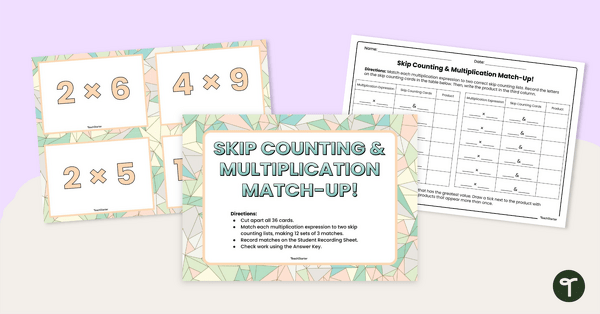
teaching resource
Skip Counting Multiplication Matching Game
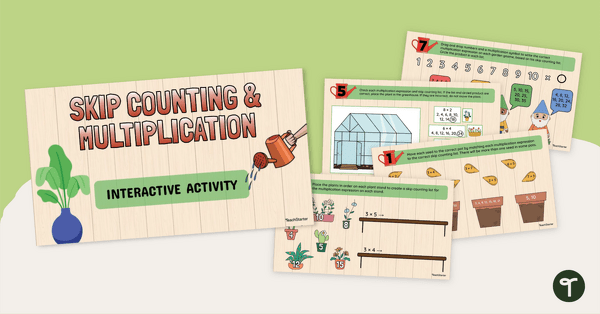
teaching resource
Skip Counting for Multiplication Interactive Activity
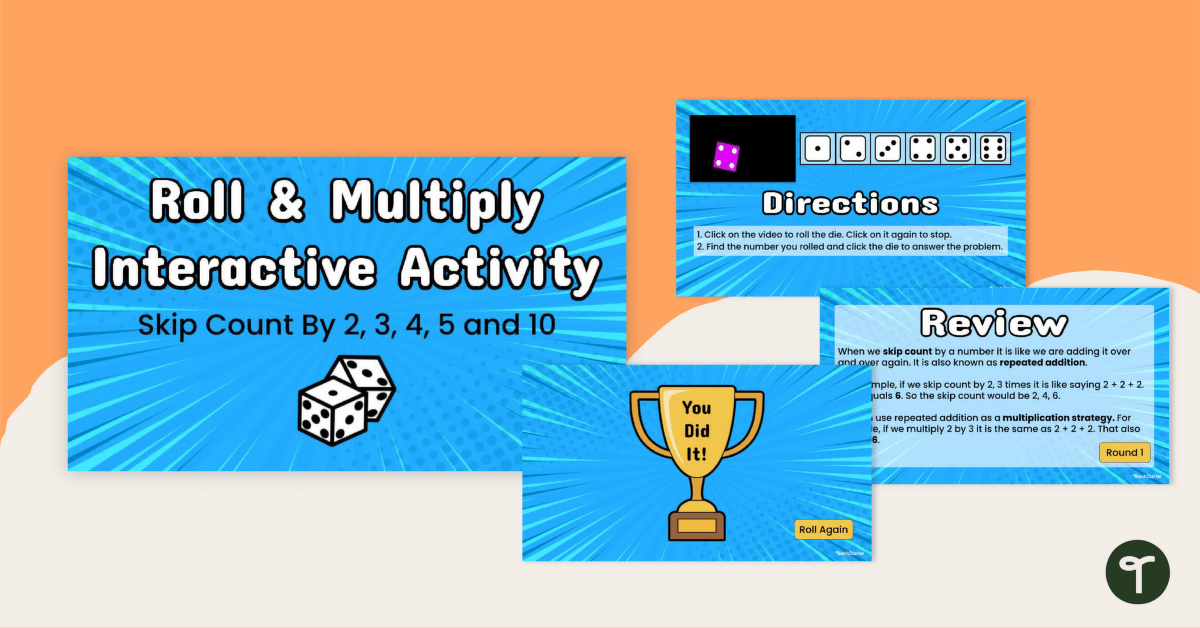

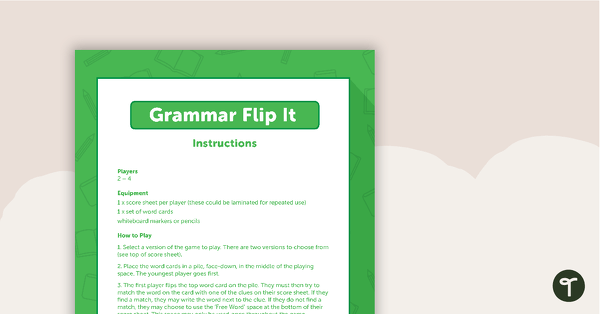
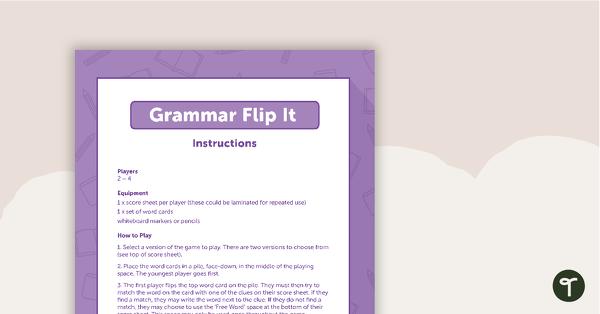
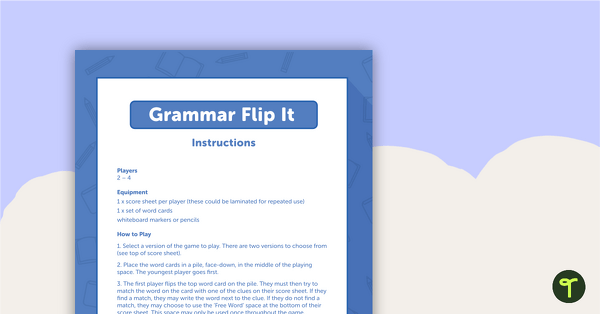
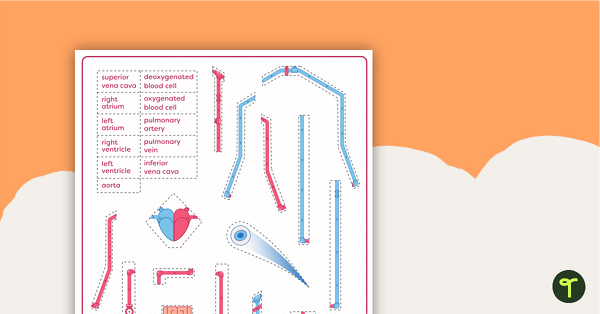
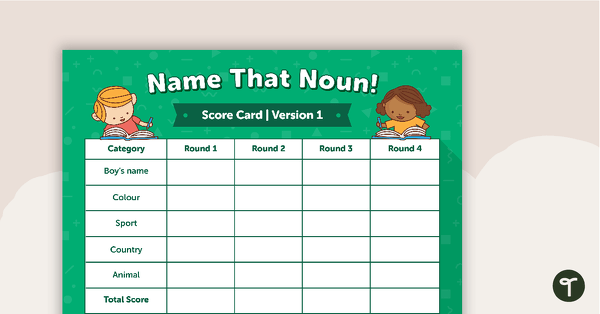
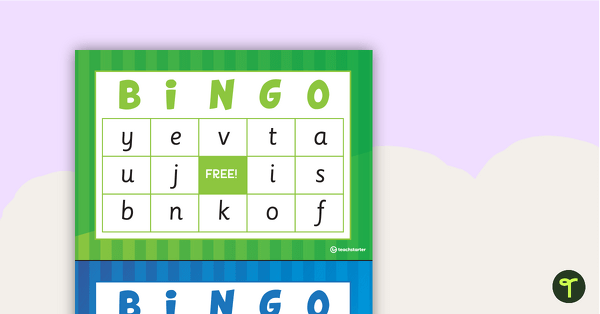
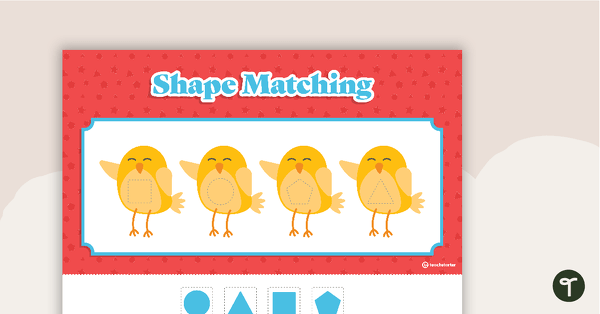
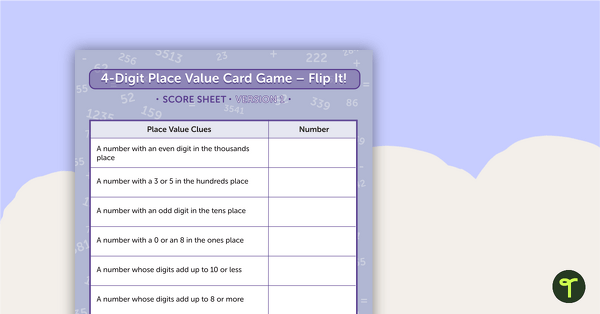
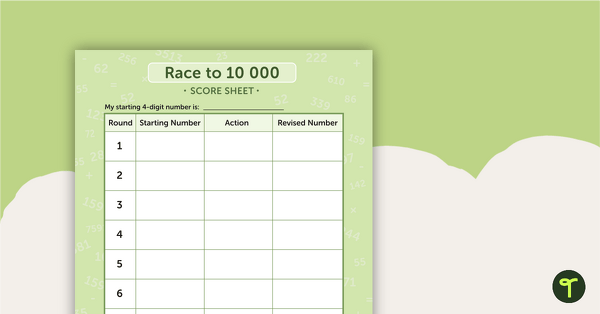
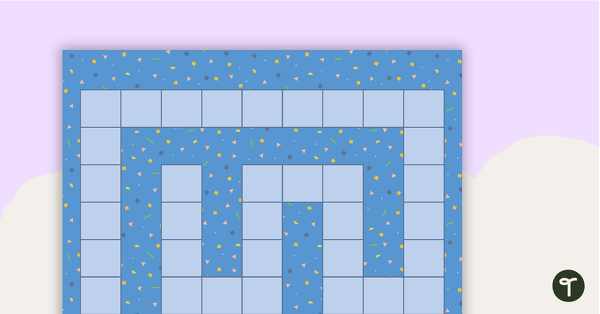
0 Comments
Write a review to help other teachers and parents like yourself. If you'd like to request a change to this resource, or report an error, select the corresponding tab above.